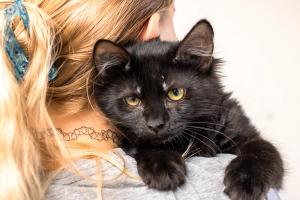Advertisement
Advertisement
Trending on dvm360
1
Mental health and the use of AI in veterinary medicine
2
Nonpharmacologic ways of managing pain and separation anxiety in dogs
3
Education partnership provides more global learning opportunities
4
Veterinary practice marketing service providers are merging
5





